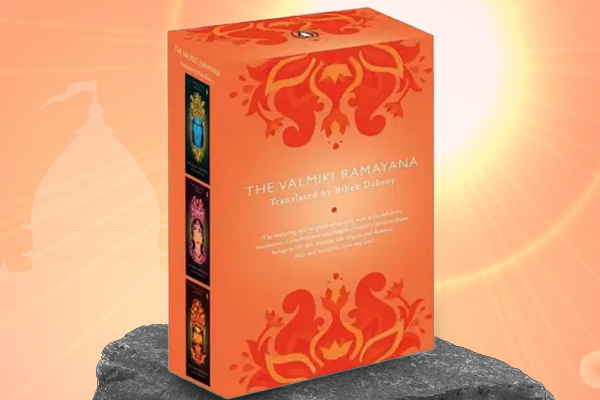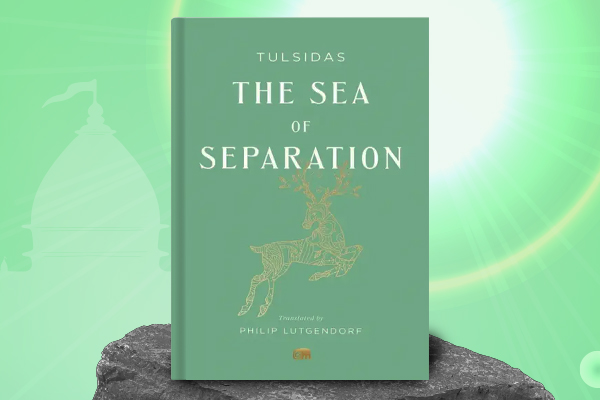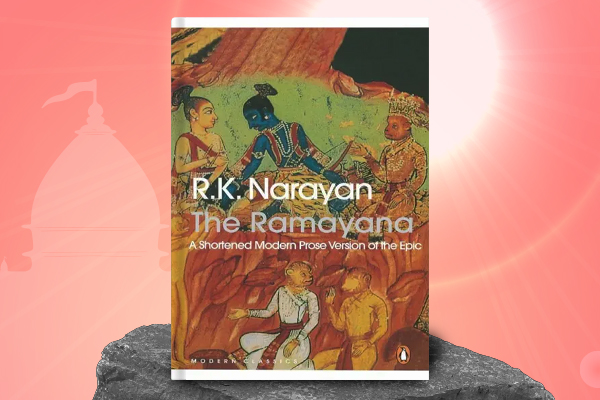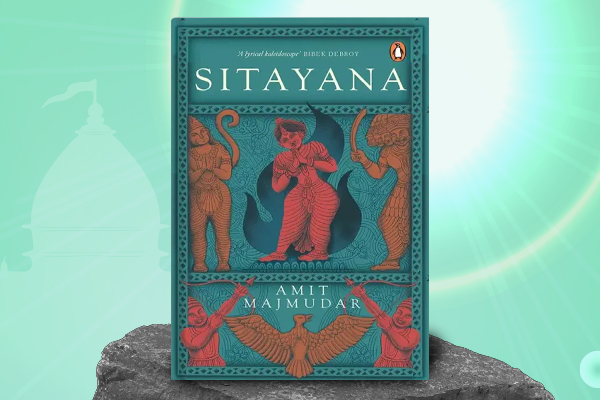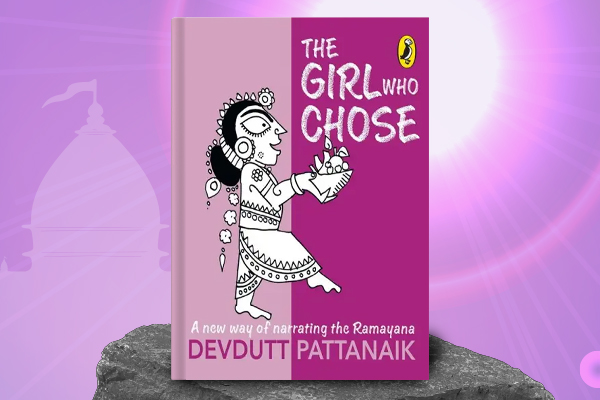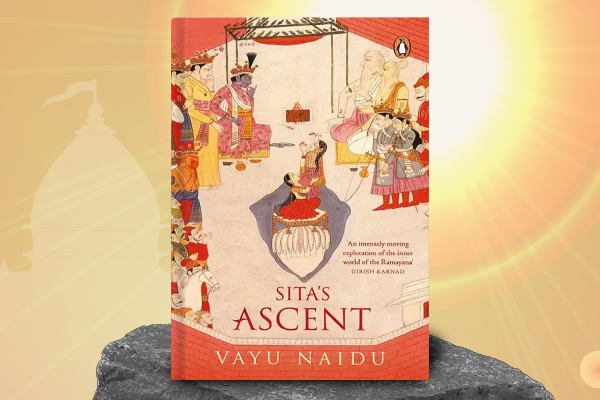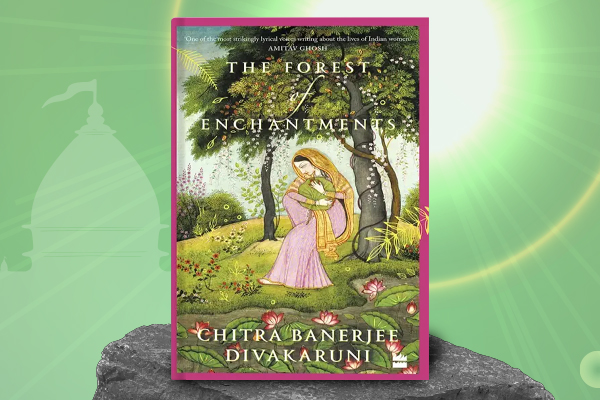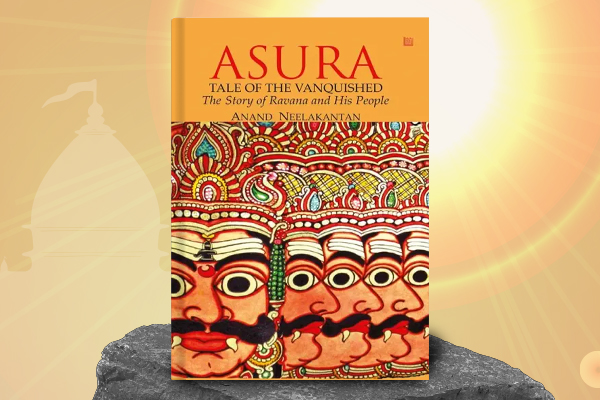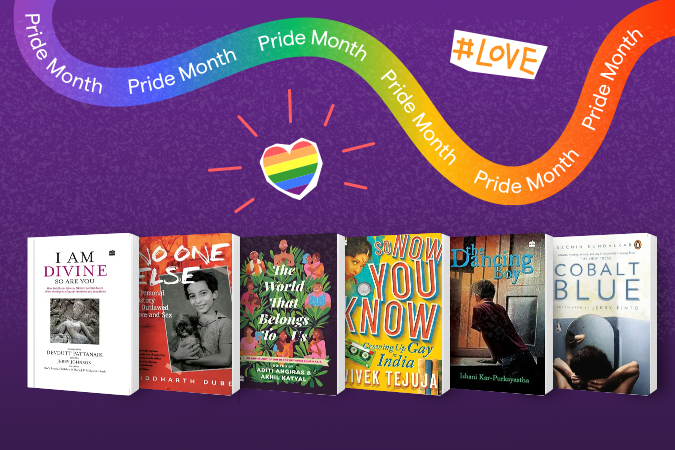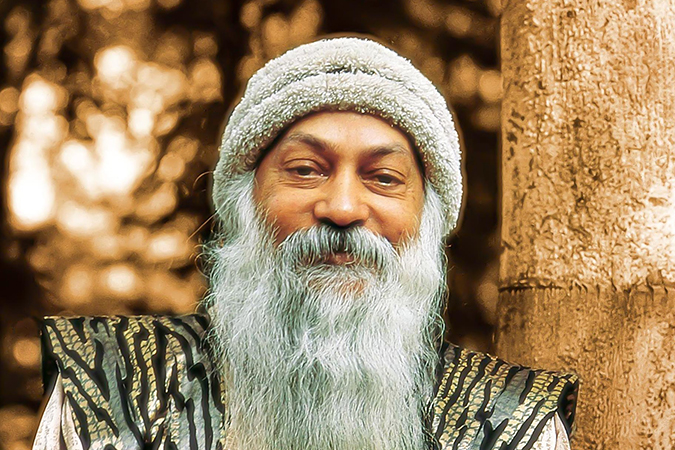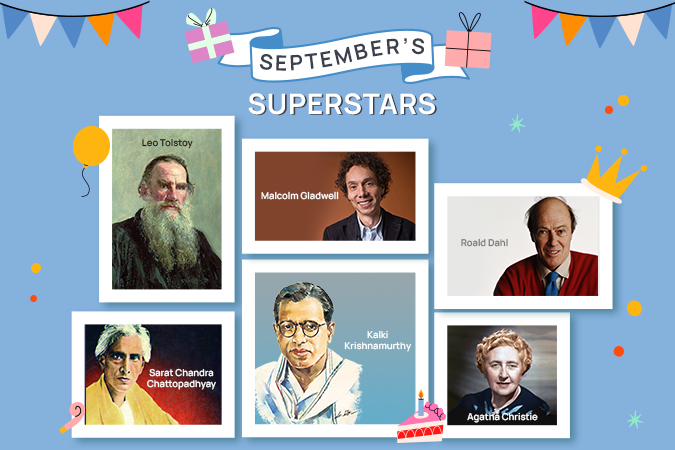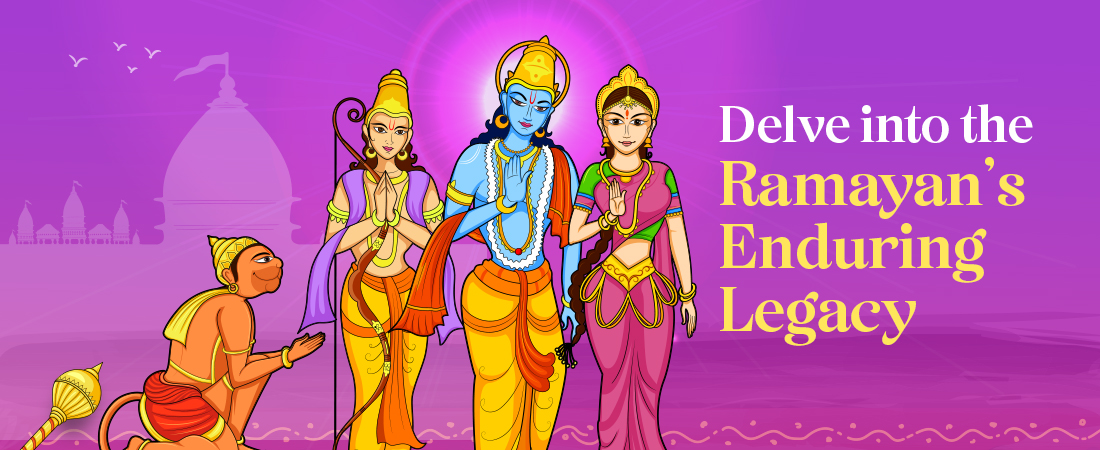
Few stories have shaped India’s collective imagination like the Ramayan. Whether you grew up watching it on television or reading comic book versions as a child, this ancient Indian epic continues to fascinate readers across generations. The Ramayan books don’t just comprise tales of gods and demons; at the core of it, it’s a story of love, loss, and choices that define humanity.
Let’s explore what makes the Ramayan so enduring, its origins, cultural importance, and the many ways writers have retold it – from Valmiki’s Sanskrit verses to modern feminist interpretations. Perfect for mythology lovers, literature students, and curious readers. This is your essential guide to Ramayan books you need on your shelf.
What Is the Ramayan?
The Ramayan is one of India’s two great epics, the other being the Mahabharata. Composed by the sage Valmiki, it narrates the story of Prince Rama, right from his birth, boyhood, marriage to Sita, exile, the abduction of Sita by the demon king Ravana, and his eventual victory that restores Dharma.
But beyond heroism and devotion, the Ramayan books explore profound moral questions about how duty and love can conflict, how virtue can demand sacrifice, and how every choice comes with consequences.
The Truth Versus Fiction
Was the Ramayana a historical event or a spiritual allegory? Scholars continue to debate. Many believe it’s a blend of mythology and philosophy – a symbolic journey of righteousness and self-discovery. Whether you read it as faith or fable, the Ramayan remains a mirror to human emotion and moral complexity.
The Truth Versus Fiction
The original Ramayan book – the Valmiki Ramayana – was written in Sanskrit in poetic metre known as shloka. Spread across seven kandas (books), it’s both lyrical and instructive. Over centuries, it inspired countless regional versions: Tulsidas’s Ramcharitmanas in Hindi, Kamban’s Iramavataram in Tamil, and Krittivasi Ramayan in Bengali, each adding local flavour and philosophical depth.
Many Interpretations, One Epic
Few works have been retold as widely as the Ramayan. Every generation reinterprets it, finding new heroes, villains, and questions.
There are feminist retellings from Sita’s point of view, humanistic ones from Ravana’s, and even modern reinterpretations set in contemporary times. Each version reimagines the epic while preserving its heart – the eternal struggle between good and evil, and the grey spaces in between.
Many Interpretations, One Epic
Who wrote the Ramayan?
The sage Valmiki is widely credited as its author.
When does it take place?
It is said to be set in Treta Yuga. In Hindusim, it is the second of the four cyclical ages, lasting 1,296,000 years
Where does it take place?
The story spans from Ayodhya to Lanka (modern-day Sri Lanka), tracing Rama’s journey through forests, kingdoms, and seas.
What is the story of Ramayan?
The Ramayan tells the story of Prince Rama, who is exiled from his kingdom and embarks on a journey to rescue his wife, Sita, after she is abducted by the demon king Ravana. Accompanied by his loyal brother Lakshmana and the devoted Hanuman, Rama battles evil to uphold Dharma. The epic explores themes of love, duty, sacrifice, and the moral struggles of being human.
Who are the main characters?
Lord Rama, his wife Sita, his brother Lakshmana, Rama’s devotee Hanuman, and the demon king Ravana. Each symbolise virtue, devotion, loyalty, and ego through their actions.
Must-Read Ramayan Books for Every Reader
From classical texts to bold reimaginings, here are essential Ramayan books that bring new life to an ancient story.
Translated by Bibek Debroy
A faithful translation of the original Sanskrit text, this unabridged edition captures the epic’s grandeur and lyricism. Debroy’s clear and easy translation makes the text accessible while preserving its poetic beauty. It’s based on the Critical Edition published by the Oriental Institute, ensuring authenticity. For anyone seeking the definitive Ramayan book, this is as close to Valmiki’s vision as modern readers can get.
Translated by Philip Lutgendorf
A lyrical translation from Tulsidas’s Ramcharitmanas, this version celebrates devotion, destiny, and divine love. Lutgendorf’s poetic rendering makes this classic both spiritually moving and narratively rich, perfect for anyone drawn to devotional literature. His translation also provides context for readers unfamiliar with the Bhakti tradition, enabling appreciation of the way faith and language shaped centuries of storytelling.
By R.K. Narayan
A concise retelling from one of India’s finest storytellers, this version distils the essence of Valmiki’s tale without losing its emotion or depth. Narayan’s narrative is clear, compassionate, and deeply human, making it a great choice for first-time readers of the mythology. With his signature warmth, Narayan brings to life the moral dilemmas of Rama and the devotion of Hanuman, making this classic feel intimate and universal at once.
This modern, poetic reimagining gives voice to every major character, but it’s Sita’s fearless, independent perspective that dominates. Majmudar reclaims her agency, turning an ancient myth into a chorus of voices that feel urgent and alive today. The verse flows with rhythm and contemporary clarity, making the story both mythic and modern. Sitayana stands out as a literary bridge between epic tradition and feminist reinterpretation.
A stunning retelling for young readers that focuses on Sita’s five key choices. Through vivid illustrations and gentle storytelling, Pattanaik highlights how Sita shaped her destiny, teaching readers about courage, freedom, and choice. His narrative is a perfect introduction for children and adults alike, encouraging reflection on how every decision defines who we become.
By Vayu Naidu
Told through the eyes of those who knew her, this version paints Sita as resilient yet contemplative. Naidu turns exile and silence into acts of inner power, offering a deeply feminist retelling that lingers long after reading. By blending oral tradition with poetic memory, this version of the epic captures the emotional landscape of grief, loyalty, and redemption, reminding us that quiet strength can be revolutionary.
Divakaruni places Sita at the heart of the epic, reclaiming her story as one of strength and choice. The novel reimagines the Ramayana as a deeply personal tale of love, betrayal, and identity, making it one of the most powerful reinterpretations in recent times. The author’s lush prose and empathy breathe life into the stories of other women of the epic as well, including Kaikeyi, Surpanakha, and Mandodari, giving them space and voice. A must-read for anyone interested in myth retold through a modern feminist lens.
For centuries, Ravana has been painted the villain. Neelakantan flips the narrative, telling the story from the Asura king’s perspective. This bold and thought-provoking novel explores the blurred lines between hero and villain, making it essential for readers who love alternative mythologies. Asura challenges the idea of absolute good and evil, questioning history’s biases and the victor’s monopoly on truth. It’s the Ramayana retold through defiance, reminding us that every myth has another side.
The Ramayan book is not one story – it’s hundreds of stories that continue to evolve. Each version offers new meanings, new empathy, and new questions. Whether you read it for its philosophy, poetry, or human drama, every retelling reminds us why the Ramayana remains timeless.

